Still life
Mixed media on paper, signed lower left
108 x 158 cm
David Dellepiane's family, originally from Genoa, moved to Marseille in 1875, in the Saint-Jean district, which was then home to most immigrants. The young man, who came from a line of art craftsmen, attended the city's School of Fine Arts. He then completed his training in Paris where, at the end of the century, he frequented the workshop of Jules Chéret.
Influenced by Art Nouveau and Japanese aesthetics, from which he borrowed a particular interpretation of the layout of the subject through framing, he was also seduced by the pointillist rendering, which he adapted in a vibrant touch without associating it with color divisionism: he simply appropriated this juxtaposition of oriented strokes that gave his compositions a sort of blur accentuating the distancing of the subject. Dellepiane explored this transposition of the subject through the clay santon, a typically Provençal folk art artifact to which he gave life in a very large series of works that occupied him from the first decade of the 20th century.
The most edifying illustration of these researches was the monumental decoration realized for the hotel Le Provençal of Juan les Pins, ordered by the American businessman Franck Jay Gould in the 1920s. David Dellepiane did not abandon his activities as a poster artist and illustrator, and the famous poster depicting the myth of Gyptis and Protis, created for the 25th centenary of the founding of Marseille, was followed by many other noteworthy creations: posters for the 1906 and 1925 colonial exhibitions, advertising for Le Nil cigarettes, a contract with the PLM (Paris Lyon Méditerranée) railway company, etc.
The artist died in 1932.
In 1999, in Marseille, a major retrospective was devoted to his work in all its diversity. At the end of 2010, the gallery also pays tribute to David Dellepiane in the first monographic exhibition it organizes, presenting more than 80 works, mostly unpublished, of this singular artist.











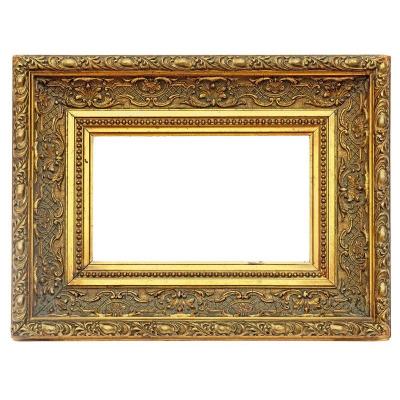




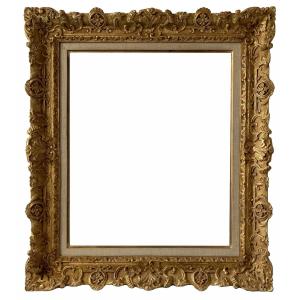

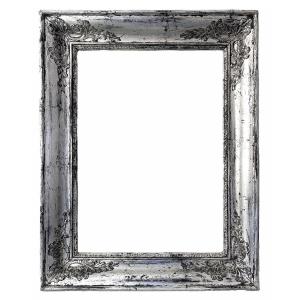
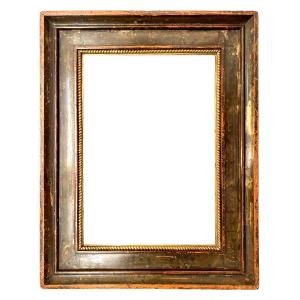

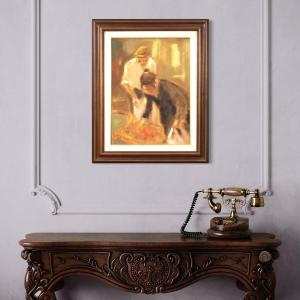

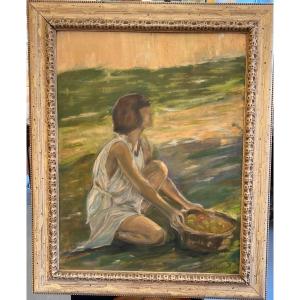
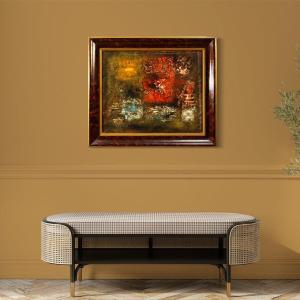
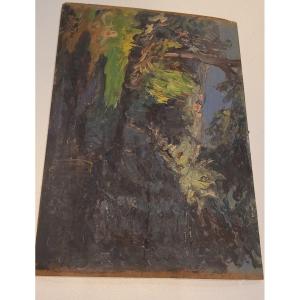



 Le Magazine de PROANTIC
Le Magazine de PROANTIC TRÉSORS Magazine
TRÉSORS Magazine Rivista Artiquariato
Rivista Artiquariato